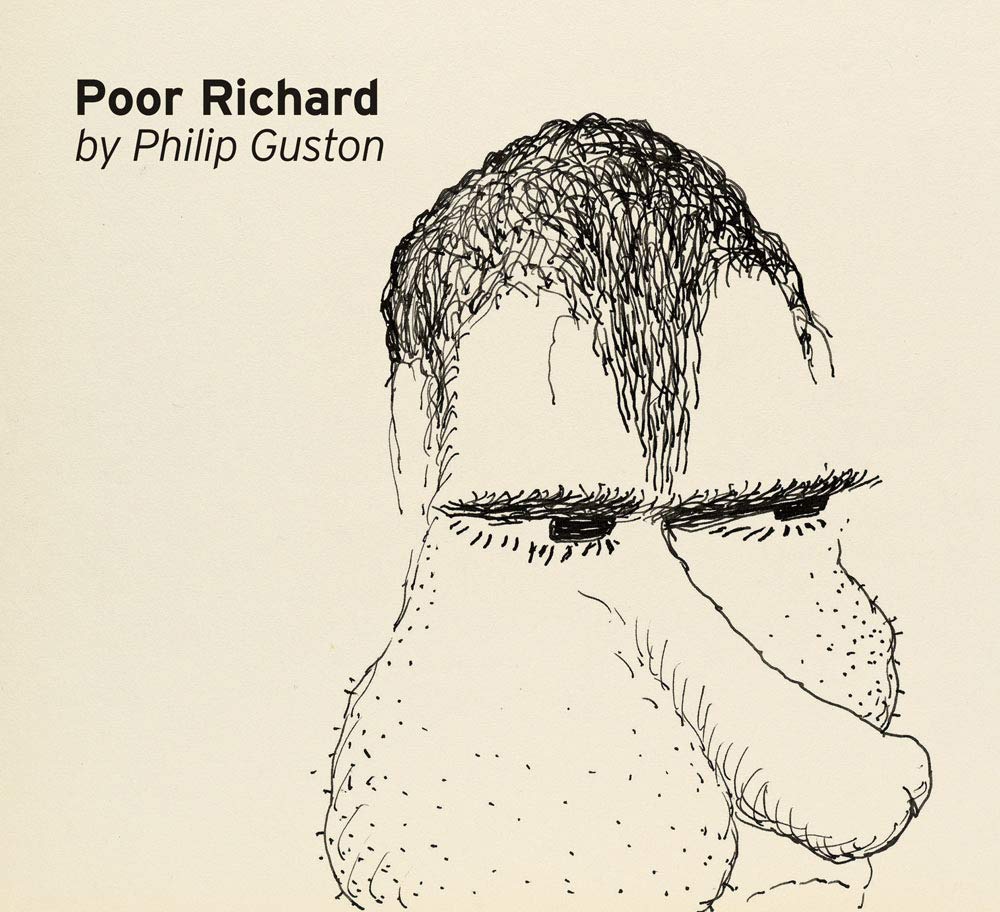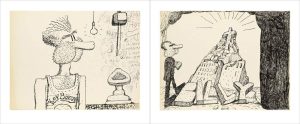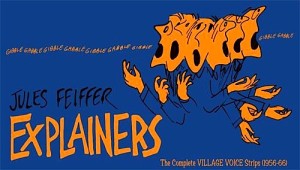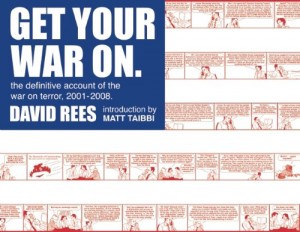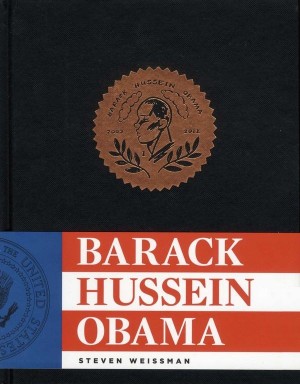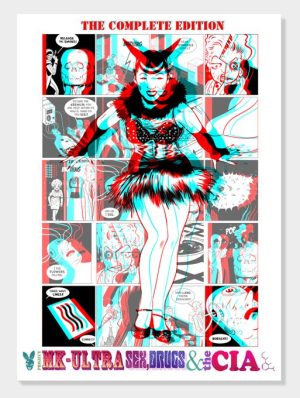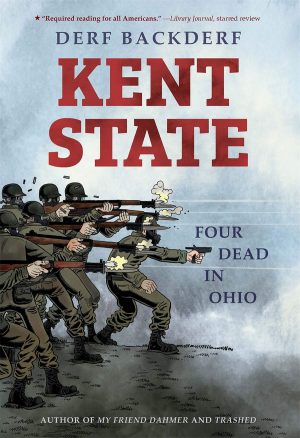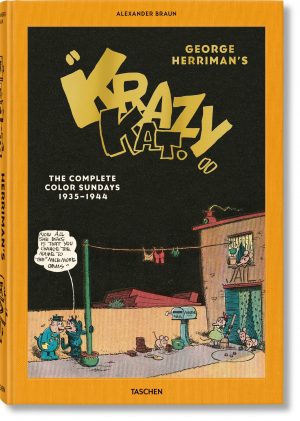Review by Woodrow Phoenix
Philip Guston (1913-1980) is an internationally renowned American artist whose work went through three distinct phases between 1930 and 1980. He is best known today for the third phase of his career when his paintings and drawings made from the late 1960s onwards were hugely controversial for several reasons. In a surprising shift from Abstract Expressionism to a radically blunt iconography of cartoonishly simplified forms, Guston began painting pink, red and blue pictures of shoes, bricks, cigarettes, eyeballs and other everyday objects. His lumpy brushwork and flatly graphic compositions very clearly referred back to the 1920s newspaper comic strips of Mutt and Jeff by Bud Fisher and Krazy Kat by George Herriman. He used this style to critique the political landscape of the United States in a series of paintings featuring members of the Ku Klux Klan, going about their banal daily business while wearing their white hoods.
In 1971, Guston made a series of drawings presenting the story of then-President Richard Nixon’s life from his teenage years to the Presidency and his time in the Oval Office. The sarcastic caricatures of Nixon exaggerated his distinctive jowls, perpetual five-o-clock shadow and long nose into a phallus and testicles. Secretary of State, Henry Kissinger was reduced to a pair of thick black eyeglasses floating in mid-air. The Attorney General, John Mitchell was a fleshy pipe-smoking blob and Vice President, Spiro Agnew was depicted as a triangular lump, frequently attached to a bag of golf clubs. Guston selected 73 of his Nixon drawings and designed the title page for a book named Poor Richard, but the book was not published during his lifetime. His drawings were not seen by the public until 2001 when a book was published alongside an exhibition of the series.
This 2020 edition features Guston’s own sequencing, layout and original title page from 1971. Poor Richard is wordless, and much of the imagery is symbolic in the manner of editorial newspaper cartoons, so it requires readers to be familiar with the history of North American politics from the 1970s to decode everything.
An afterword by Harry Cooper provides the context for the creation of this proto graphic novel, and explains some references. Satirical commentaries are often insidery enough to be confused for celebrations of their subjects rather than condemnations, but the great thing about Guston’s work is the relentless savagery leaving no doubt about how contemptible he found Nixon and cronies. Poor Richard is bracing, profane, ridiculous and utterly on point. Readers who don’t mind doing a little homework will encounter what novelist Philip Roth described as “a great American document, commemorating the national disgust that President Nixon inspired and reminding us of how he turned patriotism into junk.”
